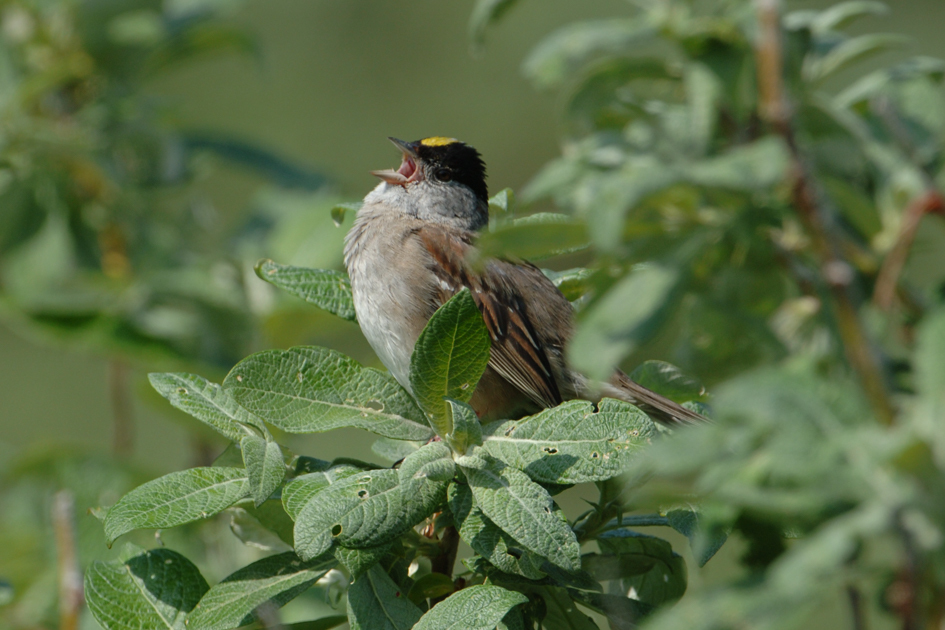I was in a church vocal ensemble a number of years ago, and we prepared a beautiful song for the candlelight Christmas concert. It was one of those pieces that begins quietly and thoughtfully and gradually builds its way up to a joyous, triumphant conclusion of layered voices. It was the only time we attempted to do something a cappella, a singing style I have always found intimidating. But I was surrounded by seasoned performers, excellent sight-readers, and even one member with perfect pitch. If I followed the crowd, surely nothing could go wrong.
Famous last words, right?
It was a bad scene, for both the performers and the audience, with much wincing on both sides of the mic.
For the first performance, everything went perfectly. It was an absolute delight to sing from small start to big finish, and we heard nothing but good things about it. (Granted, a good review is not the only reason to sing, but still, it’s appreciated).
The second performance, I’m sorry to admit, went quite differently. We began well, but at some point, one or two flat notes entered the mix. If you have ever driven a car in winter weather and felt the tires catch ever so slightly on patch of ice, only to begin a slow, uncontrollable slide towards a sharp curb (or worse, another car), you know what those first few “off” notes feel like to a singer. Sometimes no amount of internal flailing—and it must be internal because you have to keep a reassuring “it’s totally supposed to sound like this” smile pasted firmly on your face—will help you correct your trajectory. Then, once a few flat notes appear, more typically follow. And without any accompaniment to reintroduce the correct key and chords, our song kept building into a louder and more unpleasant cacophony.
It was a bad scene, for both the performers and the audience, with much wincing on both sides of the mic. We could see our parents and friends kindly cringing, and the creaking of pews and nervous shuffling of programs were hard to ignore. I will never forget the look on the face of our pastor’s wife. She was sitting on the front row as usual, only a few steps from us, and it was as if she was willing our pitch to rise by using only her eyebrows. We’d begun our musical offering in a major key but slid helplessly on the vocal ice into a sad minor one.

It happened many years ago, but I still think about that a cappella disaster from time to time, as it seems I sing a good bit of my life according to the notes I hear around me. I pick up on moods and attitudes like an emotional chameleon. I may start the day in a bright, happy key, only to find myself sliding into sad notes after a mere five minutes of the evening news.
Granted, there is a lot happening in the world that is difficult to hear, learn, and process. But even in the midst of unhappy facts, the believer has access to so many different channels of joy. David describes one of them in, go figure, a song. He writes, “Restore to me the joy of Your salvation, and sustain me with a willing spirit” (Ps. 51:12). A couple of verses later, he adds the natural result of divinely inspired joy: “My tongue will joyfully sing of Your righteousness. Lord, open my lips, so that my mouth may declare Your praise” (Ps. 51:14-15). Notice he doesn’t specifically describe how that joy should sound.
This photo from Dr. Stanley is a beautiful portrait of an Alaskan songbird doing what he does best. However, what this photo is unable to convey is the tone. The National Audubon Field Guide to North American Birds describes the song of the golden-crowned sparrow as “sad, minor-key whistles.” The soundtrack for this photo may not have been beautiful to our ears. But a human review of his performance is hardly the point of his song. “Sad, minor-key whistles” aside, this little guy looks to be putting his all into the performance, and we can learn something from that. Few things are more joyous or beautiful than doing what God created us to do, confident in our purpose—and in His presence with us.





